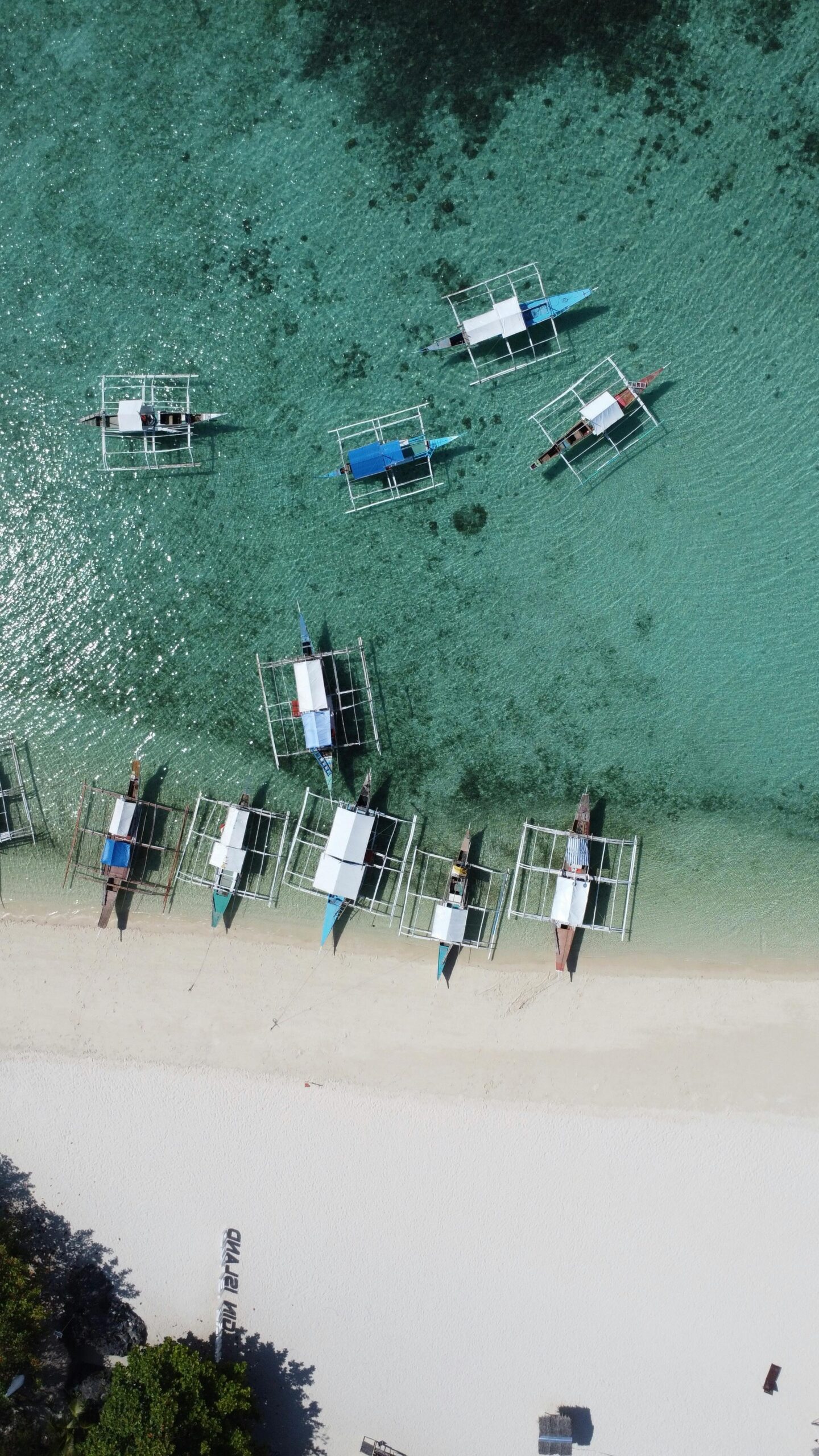Introduction
Nestled in the heart of the Philippines, Cebu Island stands as a vibrant tapestry of history, culture, nature, and modernity. Renowned for its white-sand beaches, crystalline waters, and warm hospitality, Cebu has also earned fame as the cradle of Christianity in the Philippines and as a hub for trade since ancient times. Today, this enchanting island beckons both local and international travelers, blending rich heritage with contemporary dynamism. In this newsletter, we will explore the multifaceted essence of Cebu Island—uncovering its storied past, its lively culture, awe-inspiring natural wonders, and the opportunities it offers in the modern era. Whether you’re a history buff, an adventure seeker, or a food enthusiast, Cebu’s allure is sure to captivate you.
The Island’s Historical Legacy
Cebu’s history is deeply entwined with the origins of the Philippines. It was here that Ferdinand Magellan first set foot in 1521, forging the island’s identity as a gateway of European influence in Asia. Spanish colonization left indelible marks, seen in structures like the Basilica Minore del Santo Niño and the massive Fort San Pedro. Yet, Cebu’s indigenous roots still pulse vibrantly in local customs and storytelling. The annual Sinulog Festival—a grand celebration showcasing centuries-old rituals and dances—continues to honor the Santo Niño, reflecting both reverence and resilience. This unique blend of indigenous and colonial legacies defines Cebu’s enduring spirit, making it an exceptional example of cultural evolution in Southeast Asia.
Cultural Riches: Festivals, Crafts, and Culinary Delights
Beyond monuments, Cebu’s true heritage thrives in its arts, daily traditions, and vibrant festivals. The Sinulog Festival, with its riot of color, music, and dance, draws visitors into the rhythms of Cebuano life. Local crafts—like intricate guitar-making in Lapu-Lapu City—preserve time-honored skills passed down through generations. Cebu’s culinary scene is equally alluring, with signature dishes such as lechon (roast pig), dried mangoes, and puso (rice wrapped in woven leaves) delighting palates far and wide. In every bite and every melody, Cebu’s culture is experienced hands-on, inviting deeper understanding and appreciation of its people’s creativity and hospitality.
Naturescapes: Beaches, Mountains, and Hidden Wonders
Cebu’s geographical diversity is one of its strongest appeals. The island is fringed with world-renowned beaches, from the dazzling shores of Mactan and Bantayan to the tranquil retreats of Malapascua, famous for its thresher sharks. Adventure extends inland, where jungle-covered mountains offer hiking and spectacular vistas, and waterfalls like Kawasan beckon for canyoneering and swimming. Rare wildlife and endemic plants thrive in Cebu’s remaining forests, while nearby islets boast unspoiled coral reefs for divers. It is this harmony of mountain and sea, wilderness and village, that provides an abundance of opportunities for exploration and sustainable tourism.
Modern Cebu: Commerce, Connectivity, and Progress
Today, Cebu pulses with the energy of progress. Metro Cebu, the country’s second largest urban center after Metro Manila, is alive with business, education, and digital innovation. Infrastructure developments link islands and communities like never before, making Cebu a vital economic gateway in the Visayas. Tech hubs, business parks, and a thriving startup scene attract talent and investment from across Asia. Yet, amid this growth, Cebu continually strives to balance modernization with heritage preservation, ensuring that its unique character endures even as it seizes new opportunities in a fast-changing world.
Conclusion
Cebu Island is far more than just a destination; it is a living, breathing encounter with the Philippines’ past, present, and future. From its pivotal historical moments to the colorful tapestry of its culture, from its stunning natural environments to its modern urban pulse, Cebu offers an immersive and transformative experience. Its ability to interweave tradition and innovation, nature and modernity, defines its appeal and potential. For visitors and locals alike, Cebu is an invitation to explore, to savor, and to rediscover the many facets of island life. Ultimately, it is Cebu’s resilience, adaptability, and warmth that leave a lasting imprint and make it truly unforgettable.
